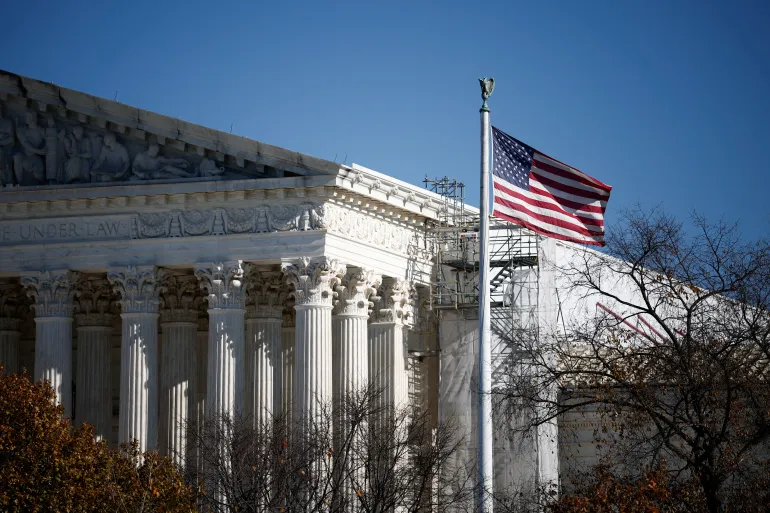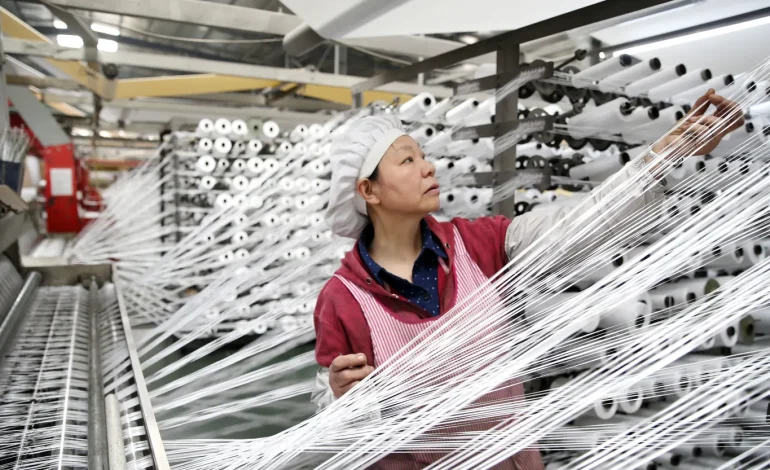China’s factory activity reached its fastest pace of growth in a year during March, signaling the positive impact of Beijing’s stimulus measures on the nation’s economic recovery.
The official purchasing managers’ index (PMI), released by the National Bureau of Statistics (NBS) on Monday, rose to 50.5, marking an acceleration from February’s reading of 50.2. The PMI, which indicates the health of the manufacturing sector, surpassed the neutral 50-point mark, signaling expansion.
In addition, the non-manufacturing PMI, which tracks services and construction, also increased to 50.8 from 50.4 in February, reaching its highest level in three months. The rise in these indices reflects ongoing efforts to support China’s economy, especially as it navigates challenges such as an escalating trade war with the US.
Manufacturing growth in March was largely attributed to workers returning to their posts following the Spring Festival holiday and a general acceleration in production. The sub-index for production rose to 52.6, while new orders climbed to 51.8, indicating a solid demand for Chinese-made goods. However, the employment sub-index, which measures labor market conditions, fell to 48.2, reflecting a decline in hiring across both the manufacturing and non-manufacturing sectors.
Julian Evans-Pritchard, head of China economics at Capital Economics, noted that the increased infrastructure spending and resilient exports are helping sustain economic momentum despite external pressures, such as US tariffs. He cautioned that, while the data showed improvements, the Chinese economy still faces slower growth in the first quarter of 2025 compared to the last quarter of 2024.
The US-China trade dispute, particularly President Donald Trump’s recent tariffs on Chinese goods, looms as a potential setback for China’s growth prospects. The tariffs, designed to address trade imbalances and concerns over the illicit flow of fentanyl into the US, are expected to further strain China’s export sector.
To counteract these challenges, Chinese policymakers have pledged additional fiscal and monetary stimulus, including measures to boost domestic consumption and ease deflationary pressures. As part of this effort, China has ramped up spending on infrastructure and expanded programs aimed at boosting consumer goods sales.
Despite these challenges, China’s manufacturing rebound offers hope for the country’s economy, with officials maintaining their growth target of “around 5%” for 2025.
With input from CNBC, Reuters, and the Economic Times.










The latest news in your social feeds
Subscribe to our social media platforms to stay tuned